Home>Articles>What Is A Good Color To Paint Your Living Room
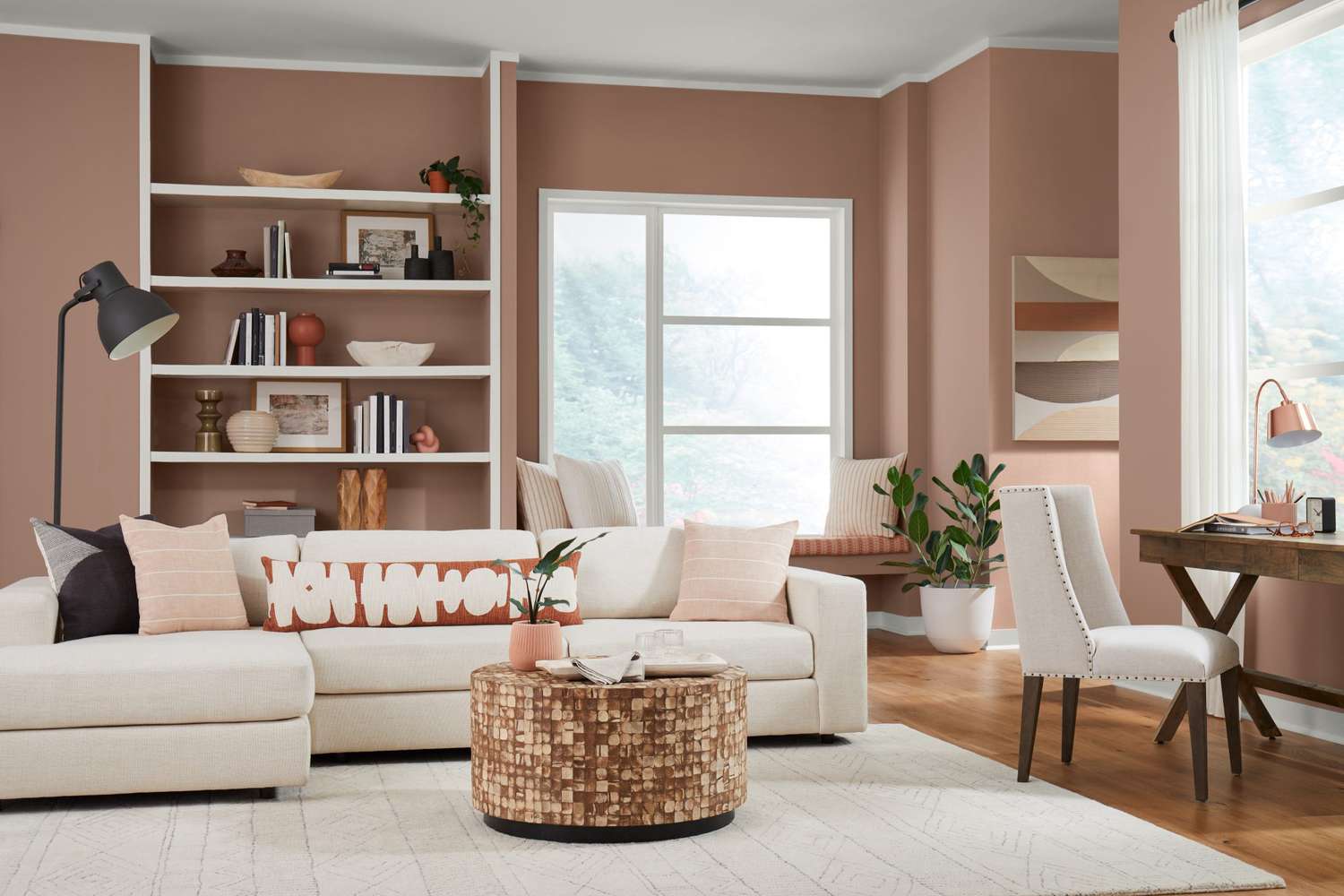

Articles
What Is A Good Color To Paint Your Living Room
Modified: May 6, 2024
Discover articles that will help you choose the perfect color to paint your living room. Explore the latest trends and expert advice for a stylish and inviting space.
(Many of the links in this article redirect to a specific reviewed product. Your purchase of these products through affiliate links helps to generate commission for Storables.com, at no extra cost. Learn more)
Introduction
Choosing the right color to paint your living room is a crucial decision. The color you choose sets the tone for the entire space and can greatly impact the mood and ambiance of the room. Whether you want a cozy and inviting atmosphere or a vibrant and energetic space, the color you paint your living room can make all the difference.
But with so many color options available, how do you know which one is the right choice? In this article, we will explore the factors to consider when choosing a color, the psychology behind different colors in living rooms, popular color options, and tips for making the perfect choice for your living room.
So, if you’re ready to transform your living room with a fresh coat of paint, let’s dive in and discover the wonderful world of colors!
Key Takeaways:
- Choosing the right color for your living room involves considering factors like lighting, room size, existing decor, and personal preferences. Understanding the psychology of colors can help create the desired ambiance.
- When painting your living room, gather inspiration, sample colors, and consider the flow of colors throughout your home. Trust your instincts and choose colors that resonate with you to create a space that reflects your style and brings you joy.
Read more: What Color To Paint A Living Room
Factors to Consider When Choosing a Color
When selecting a color for your living room, it’s important to take various factors into consideration. Here are a few key factors that can help guide your decision:
- Lighting: Pay attention to the natural and artificial lighting in your living room. Natural light can vary throughout the day and can affect how the color appears. Consider whether your living room receives ample natural light or if it tends to be on the darker side. In darker rooms, lighter shades can help brighten up the space, while in rooms with plenty of natural light, bolder colors can create a vibrant and dynamic atmosphere.
- Room size: Consider the size of your living room when choosing a color. Lighter hues tend to make a room feel more spacious and open, while darker colors can create a cozy and intimate atmosphere. If you have a smaller living room, choosing lighter shades will help maximize the sense of space.
- Existing furniture and decor: Take into account the furniture and decor pieces you already have in your living room. The color you choose should complement the existing elements in the room. Consider whether you want the color to act as a backdrop for your furniture or if you want it to make a bold statement on its own.
- Personal preferences: Your personal style and preferences also play a significant role in choosing a color. Think about the atmosphere and mood you want to create in your living room. Do you prefer calming and neutral tones or vibrant and bold shades? Consider your own preferences and how the color will make you feel when you spend time in the space.
By taking these factors into account, you can narrow down your options and make a more informed decision when selecting a color for your living room.
The Psychology of Colors in Living Rooms
Colors have a profound impact on our emotions and can greatly influence the atmosphere of a room. When it comes to living rooms, different colors evoke different feelings and moods. Understanding the psychology behind colors can help you create the desired ambiance in your living room.
Here are a few popular colors and the emotions they tend to evoke:
- Blue: Blue is often associated with tranquility, calmness, and serenity. It can create a sense of relaxation and promote a peaceful ambiance in your living room. Lighter shades of blue can make the space feel airy, while darker shades can add depth and richness to the room.
- Green: Green is reminiscent of nature and is known to symbolize growth, harmony, and balance. It can create a refreshing and rejuvenating atmosphere in your living room. Lighter shades of green can create a calming effect, while brighter greens can add a vibrant and energetic touch.
- Yellow: Yellow is often associated with joy, happiness, and energy. It can bring warmth and cheerfulness to your living room. Pale yellow shades can make the space feel bright and sunny, while deeper shades can add a cozy and inviting feel.
- Gray: Gray is a versatile and neutral color that can create a sophisticated and elegant look in your living room. Lighter shades of gray can give a modern and minimalist feel, while darker shades can add depth and create a cozy atmosphere.
- Beige: Beige is a timeless and classic color choice for living rooms. It is often associated with warmth, comfort, and simplicity. Beige can create a neutral backdrop that allows your furniture and decor to stand out.
It’s important to note that everyone’s perception of color can vary, and it’s essential to choose a color that resonates with your own personal preferences and the desired mood you want to create in your living room. Experimenting with different shades and combinations can help you find the perfect color for your space.
Popular Color Options for Living Rooms
When it comes to choosing a color for your living room, there are several popular options that can create a stylish and inviting space. Here are some of the top color choices:
- Neutral Shades: Neutrals such as white, beige, and gray are timeless and versatile options for living rooms. They create a clean and sophisticated look, allowing you to showcase your furniture and decor. Neutrals also provide a blank canvas that can easily be updated with accessories and accent colors.
- Bold and Vibrant Colors: If you want to make a statement and add a pop of color to your living room, consider bold and vibrant hues such as deep red, electric blue, or emerald green. These colors can create a sense of energy and liveliness, making your living room a focal point in your home.
- Earth Tones: Earth tones such as warm browns, muted greens, and soft oranges can create a cozy and natural atmosphere in your living room. These colors are inspired by nature and can evoke a sense of warmth and comfort.
- Pastel Shades: Pastel colors like light pink, baby blue, and mint green can create a soft and soothing ambiance in your living room. These colors are perfect if you want to achieve a delicate and romantic feel in your space.
- Monochromatic Look: Another popular option is to create a monochromatic color scheme for your living room. This involves using different shades of the same color to create a harmonious and sophisticated look. For example, you can choose various shades of blue or gray to create a visually pleasing and cohesive space.
Remember, when selecting a color for your living room, consider your personal preferences, the existing decor, and the mood you want to create. Don’t be afraid to experiment and find the perfect color that reflects your style and makes your living room a welcoming and enjoyable space.
Consider using a warm, neutral color like beige, light gray, or soft green for your living room. These colors create a welcoming and calming atmosphere, and they also pair well with a variety of decor styles.
How to Choose the Perfect Color for Your Living Room
Choosing the perfect color for your living room can seem like a daunting task, but with a little guidance, you can make a decision that you’ll love for years to come. Here are some tips to help you choose the perfect color:
- Gather Inspiration: Start by collecting inspiration from various sources. Look for interior design magazines, websites, or social media platforms like Pinterest. Pay attention to color schemes that catch your eye and make note of the overall mood and ambiance they create.
- Consider the Function: Think about how you use your living room. Is it a space for relaxation and unwinding, or is it a place where you entertain guests? The function of the room can influence the color choice. For a calming environment, opt for soft and soothing colors, while for a more lively atmosphere, consider bolder shades.
- Sample the Colors: It’s crucial to see how the colors look in your living room before making a decision. Get paint samples or swatches and place them on different walls at different times of the day. Observe how the colors change under different lighting conditions and how they complement your furniture and decor.
- Consider the Flow: Think about the flow of colors throughout your home. Take into account the adjacent rooms and how the color choices in your living room will harmonize with them. Ensure that the colors transition smoothly from one space to another without any jarring contrasts.
- Seek Professional Advice: If you’re unsure about your color selection, consider consulting with a professional interior designer or color specialist. They can offer expert guidance and help you choose a color that aligns with your vision and style.
- Trust Your Instincts: Ultimately, trust your instincts and go with colors that you love. Your living room should be a reflection of your personality and a space where you feel comfortable and happy. Don’t be afraid to take risks and experiment with different colors that speak to you.
Remember that colors can be transformative and can significantly impact the look and feel of your living room. Take your time in the decision-making process and enjoy the journey of creating a space that truly represents your style and brings you joy.
Tips for Painting Your Living Room
Painting your living room is an exciting project that can rejuvenate the space and give it a fresh new look. To ensure a successful and smooth painting process, consider these tips:
- Prepare the Room: Before you start painting, prepare the room by removing furniture, covering the floors with drop cloths or plastic sheets, and protecting any fixtures or trim with painter’s tape.
- Clean the Walls: It’s essential to clean the walls before painting to remove any dirt, dust, or grease. Use a gentle cleanser and a soft cloth to ensure a clean surface for better paint adhesion.
- Repair Any Damages: Take the time to fix any cracks, holes, or imperfections on the walls before painting. Use sandpaper to smooth out rough areas and fill in any gaps with spackle or putty. Once dry, sand and smoothen the patched areas.
- Prime the Walls: Depending on the condition of your walls and the new color you’re using, it may be necessary to apply a coat of primer before painting. Primer helps create a smooth surface and improves the adhesion of the paint.
- Choose the Right Paint: Select high-quality paint that is suitable for your living room walls. Consider factors like finish (matte, satin, or semi-gloss) and durability. It’s also important to measure your walls accurately to determine how much paint you’ll need for the job.
- Test the Color: Before applying the paint to the entire room, test the color on a small section of the wall or a piece of cardboard. This allows you to see how the color looks in the room and if it matches your vision.
- Use Proper Painting Techniques: Apply the paint using even strokes, starting from the top and working your way down. Use a roller for larger areas and a brush for edges and trim. Be mindful of drips or excess paint and take the time to correct any mistakes while the paint is still wet.
- Allow for Proper Drying Time: Give the paint ample time to dry between coats and before moving furniture back into the room. Follow the manufacturer’s instructions for drying times to ensure a professional finish.
- Enjoy the Transformation: Once the paint has dried and the room is back in order, take a step back and admire your newly painted living room. Enjoy the transformation and the updated ambiance that the new color has brought to your space.
Remember, painting your living room is a creative process, and taking the time to properly prepare and execute the project will result in a beautiful and refreshed space that you can enjoy for years to come.
Conclusion
Choosing the right color to paint your living room can significantly impact the overall look, feel, and atmosphere of the space. By considering factors such as lighting, room size, existing furniture and decor, and your personal preferences, you can make an informed decision that reflects your style and creates the desired ambiance.
Understanding the psychology of colors in living rooms can help you select a color that evokes the emotions and moods you want to experience in your living space. Whether you opt for soothing neutrals, bold and vibrant hues, earth tones, or pastels, each color choice brings its own unique energy and charm.
Remember to gather inspiration, sample the colors, and consider the flow of colors throughout your home. Seeking professional advice can also be helpful if you’re uncertain about your color selection. However, the most important thing is to trust your instincts and choose colors that resonate with you.
When it comes to actually painting your living room, remember to properly prepare the room, clean and repair the walls, and use the right paint and techniques. Take your time, allow for proper drying, and enjoy the transformation that a fresh coat of paint brings to your living space.
Ultimately, the perfect color for your living room is one that reflects your personal style, enhances the functionality of the space, and creates an atmosphere that brings you joy and comfort. So, take the plunge, explore the world of colors, and create a living room that truly represents you.
Curious about what hues are falling out of favor in bedroom design? Check out our insights on paint colors that might not make the cut next year. Meanwhile, if walls could talk, they'd recommend our list of fresh wall paint choices for 2024, perfect for anyone looking to freshen up their space. Don't forget the heart of the home; our guide on kitchen color trends offers exclusive picks that are sure to dominate in the upcoming year. Keep your home ahead of the curve with these stylish updates!
Frequently Asked Questions about What Is A Good Color To Paint Your Living Room
Was this page helpful?
At Storables.com, we guarantee accurate and reliable information. Our content, validated by Expert Board Contributors, is crafted following stringent Editorial Policies. We're committed to providing you with well-researched, expert-backed insights for all your informational needs.
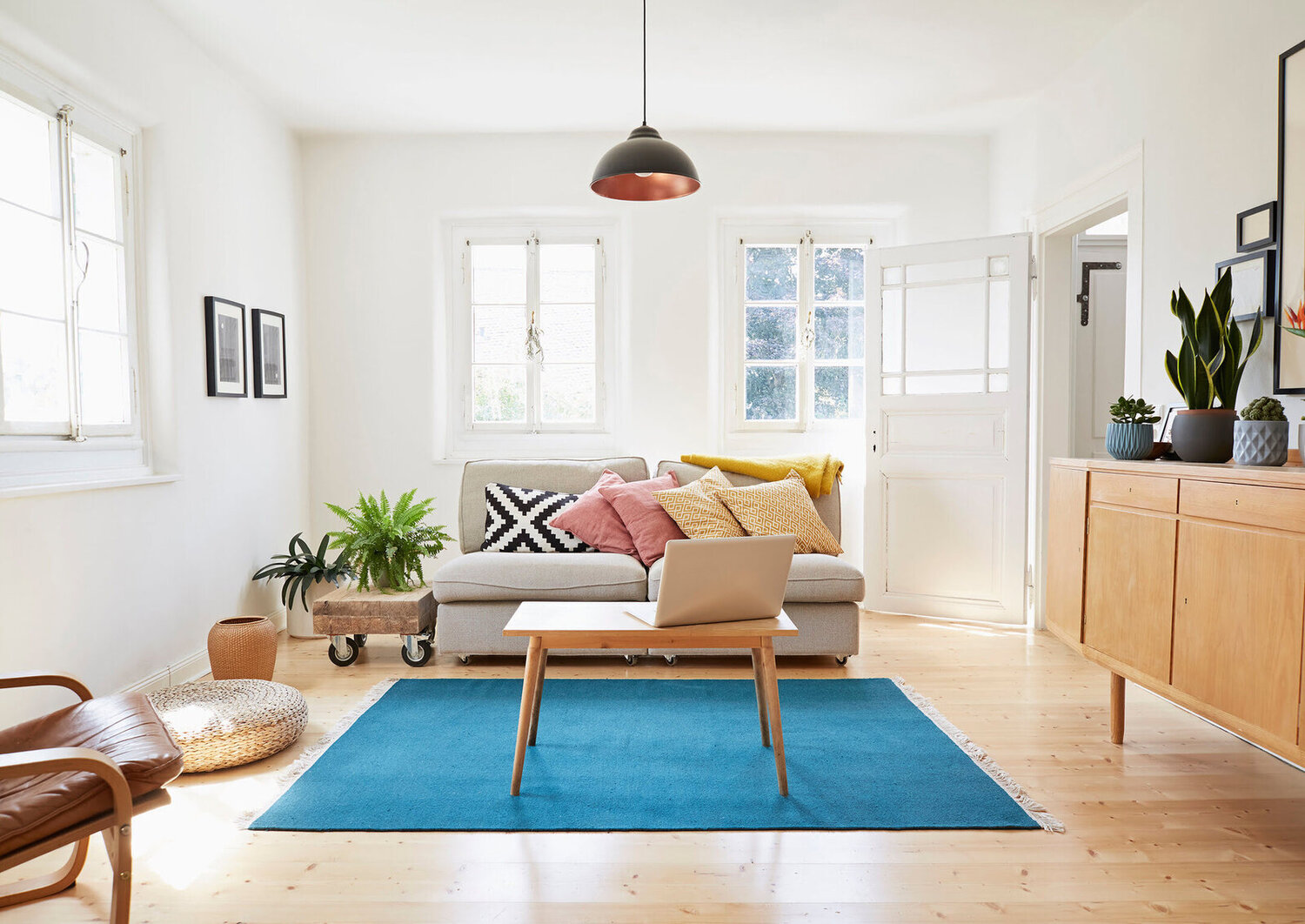
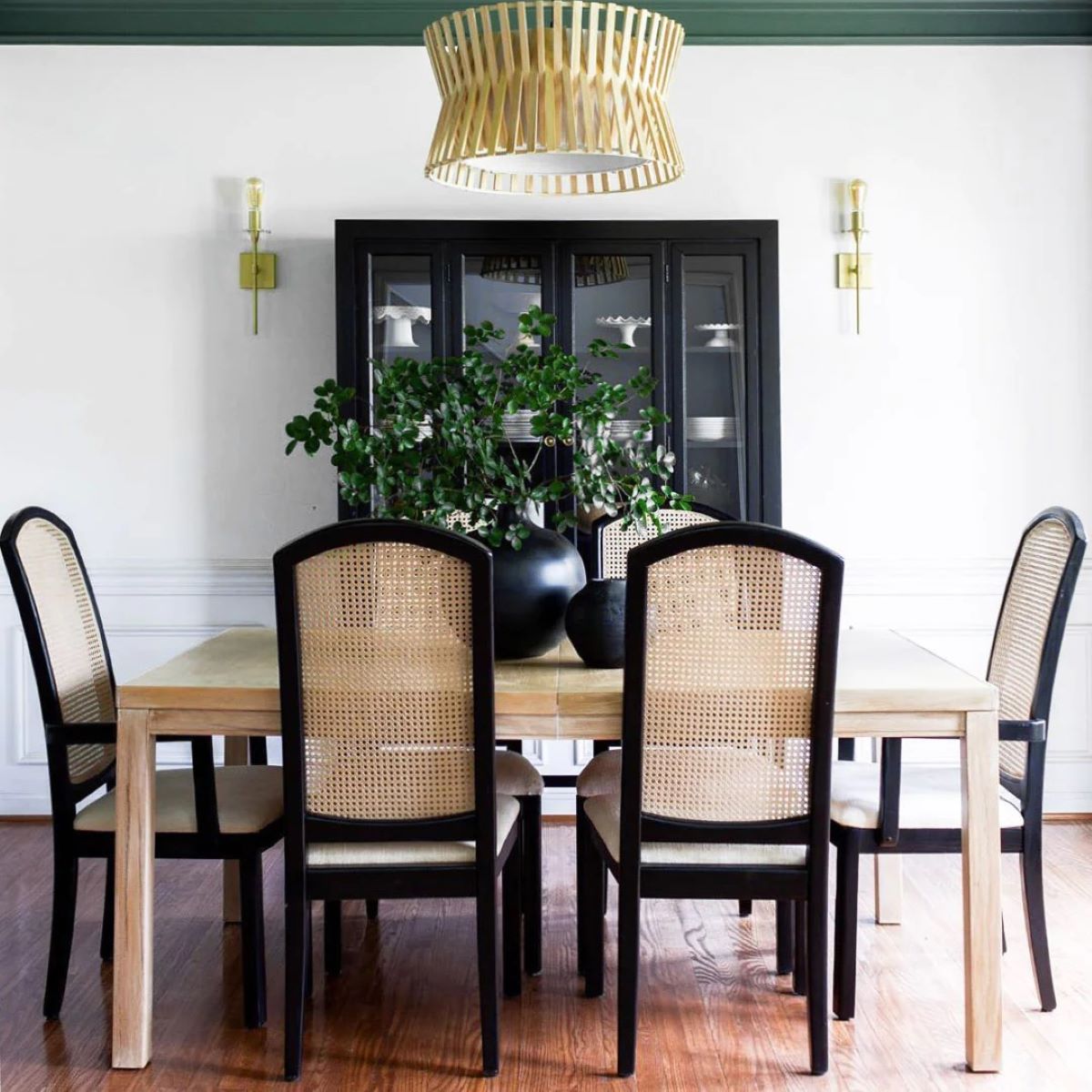
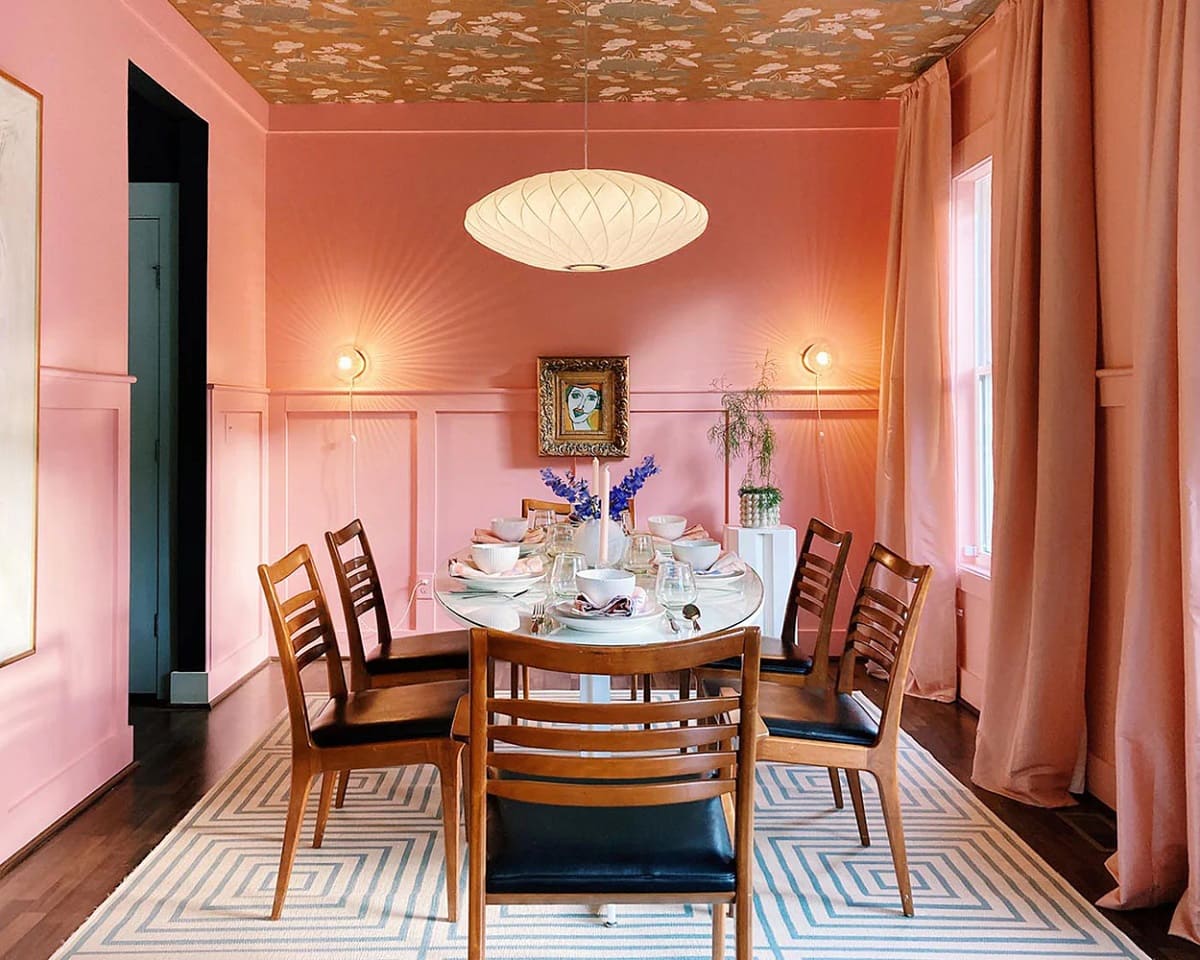
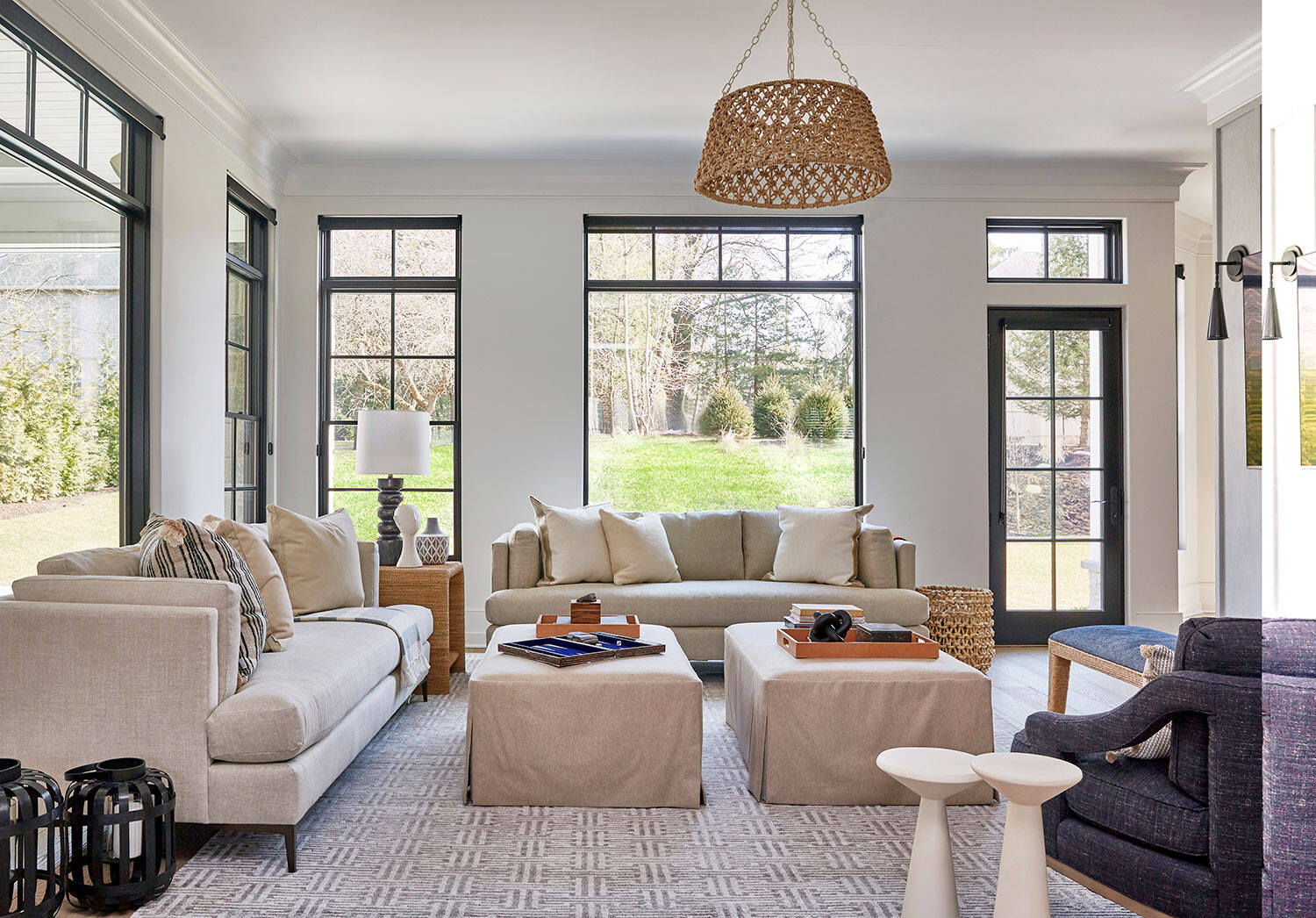
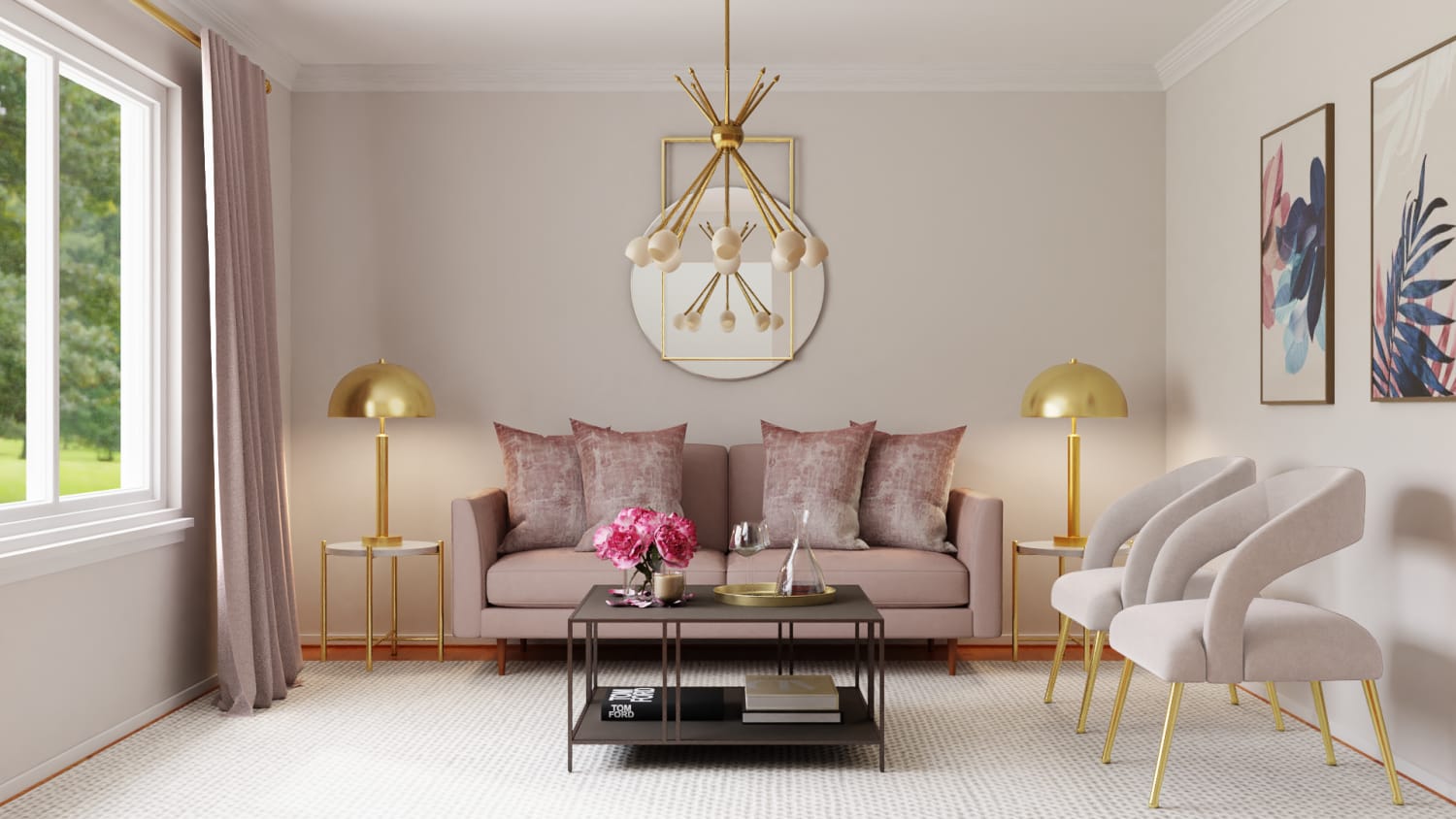
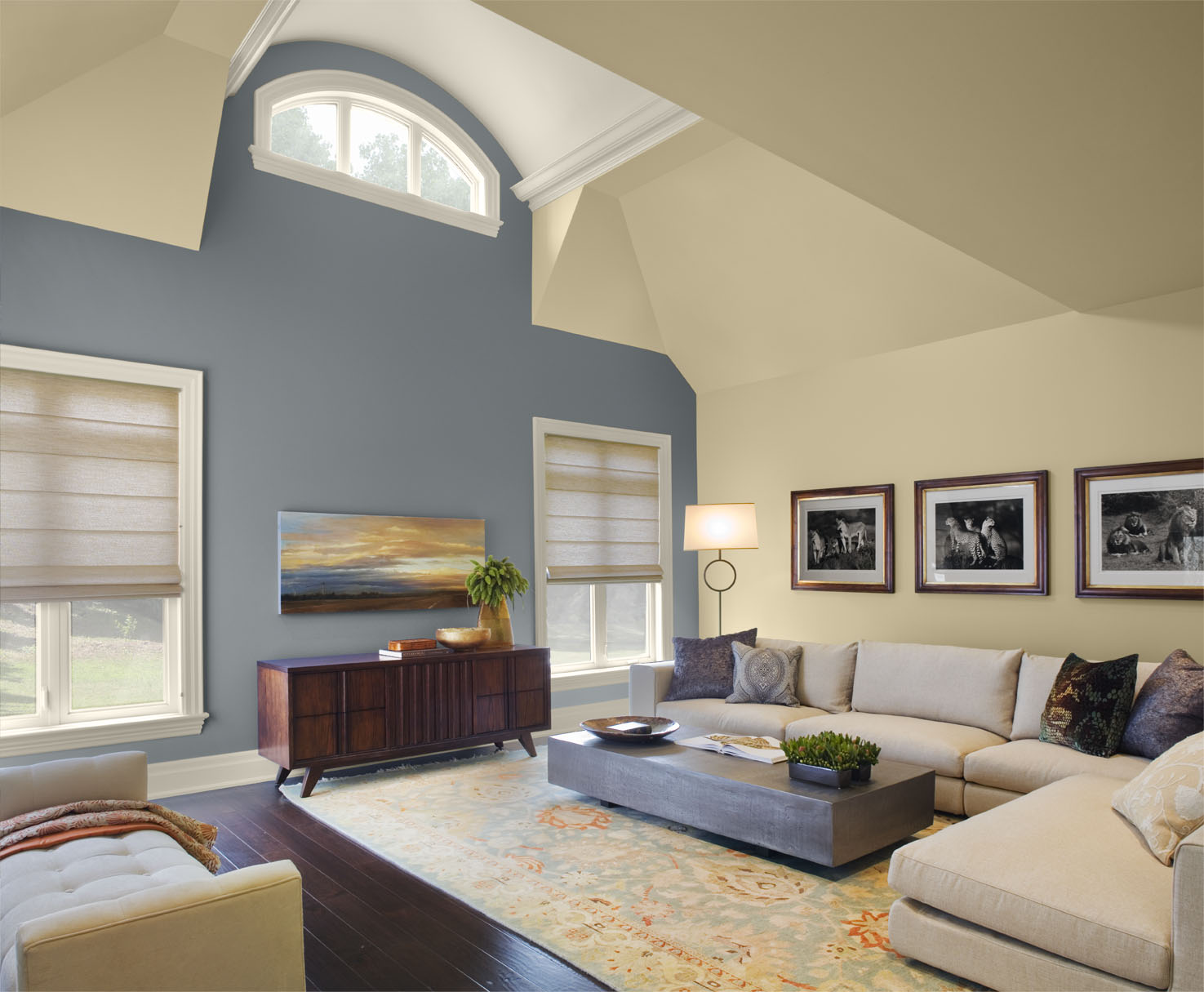
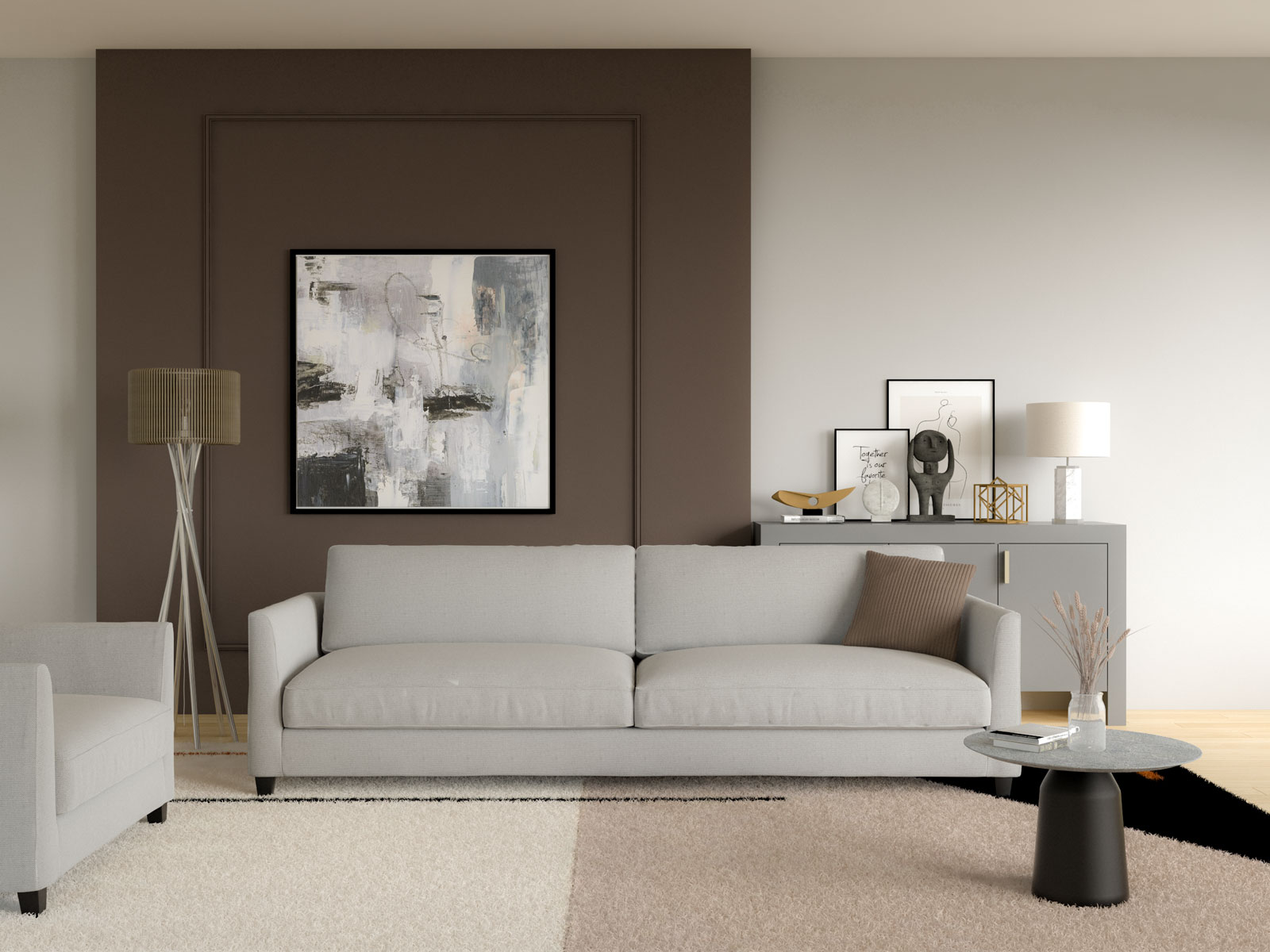
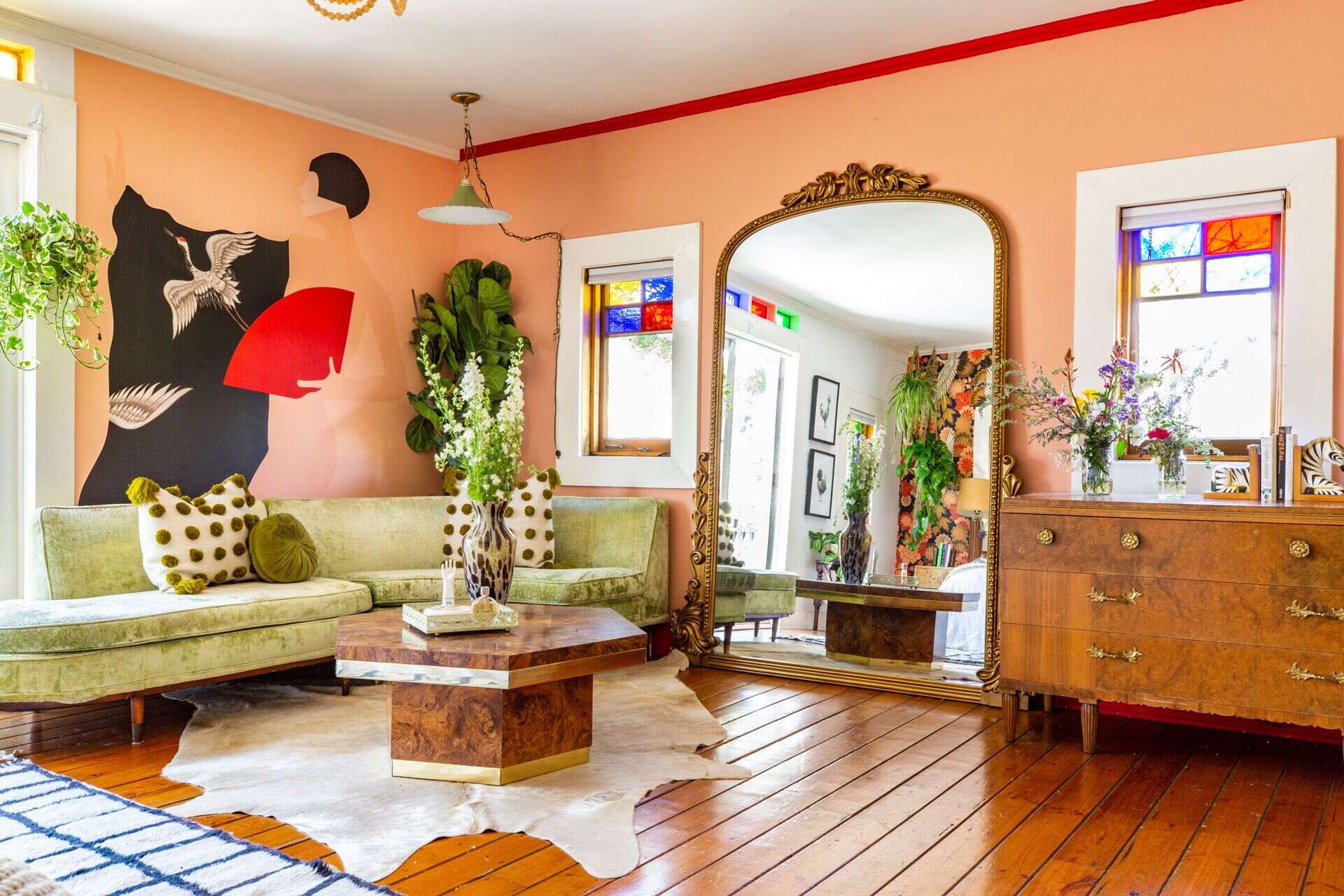
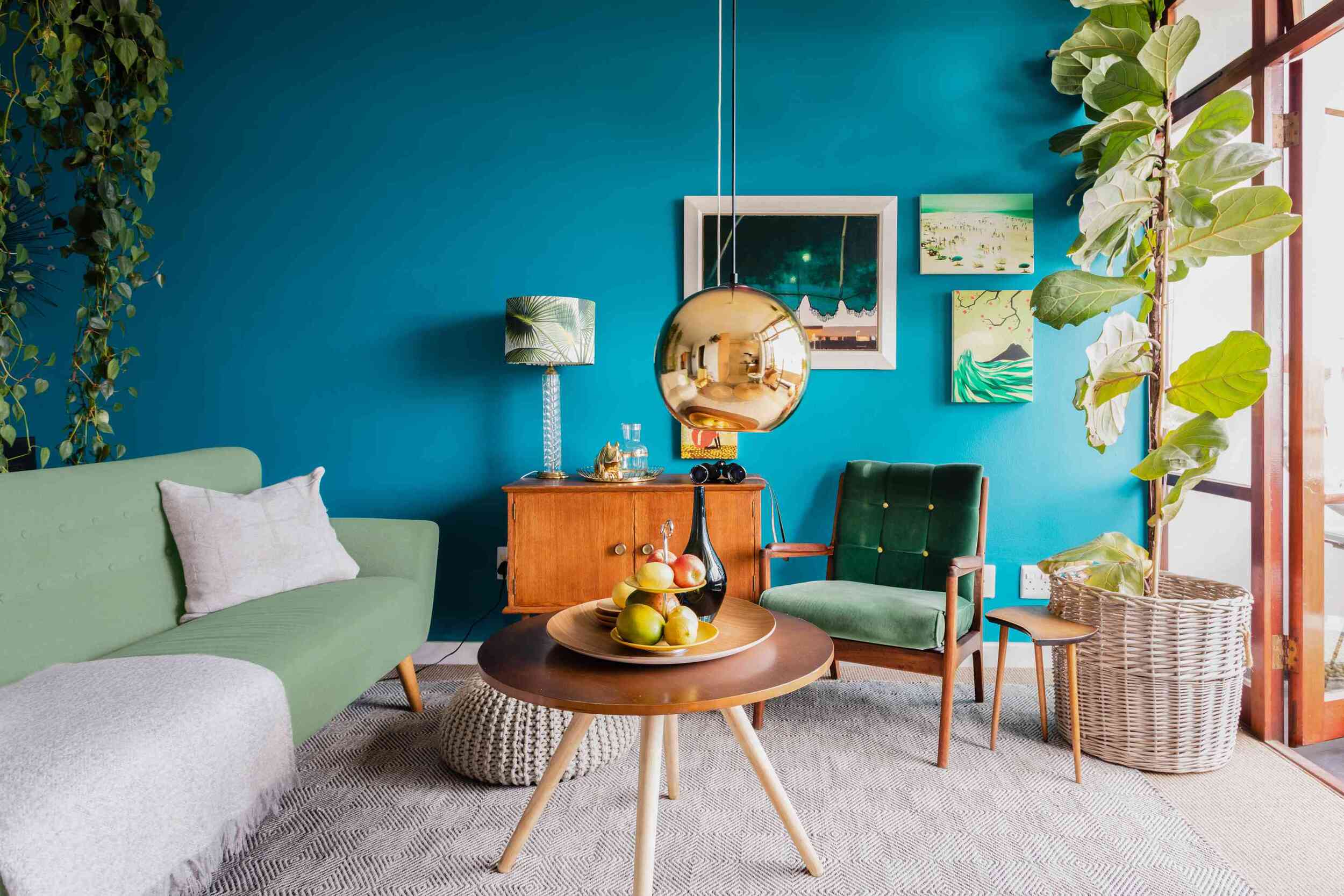
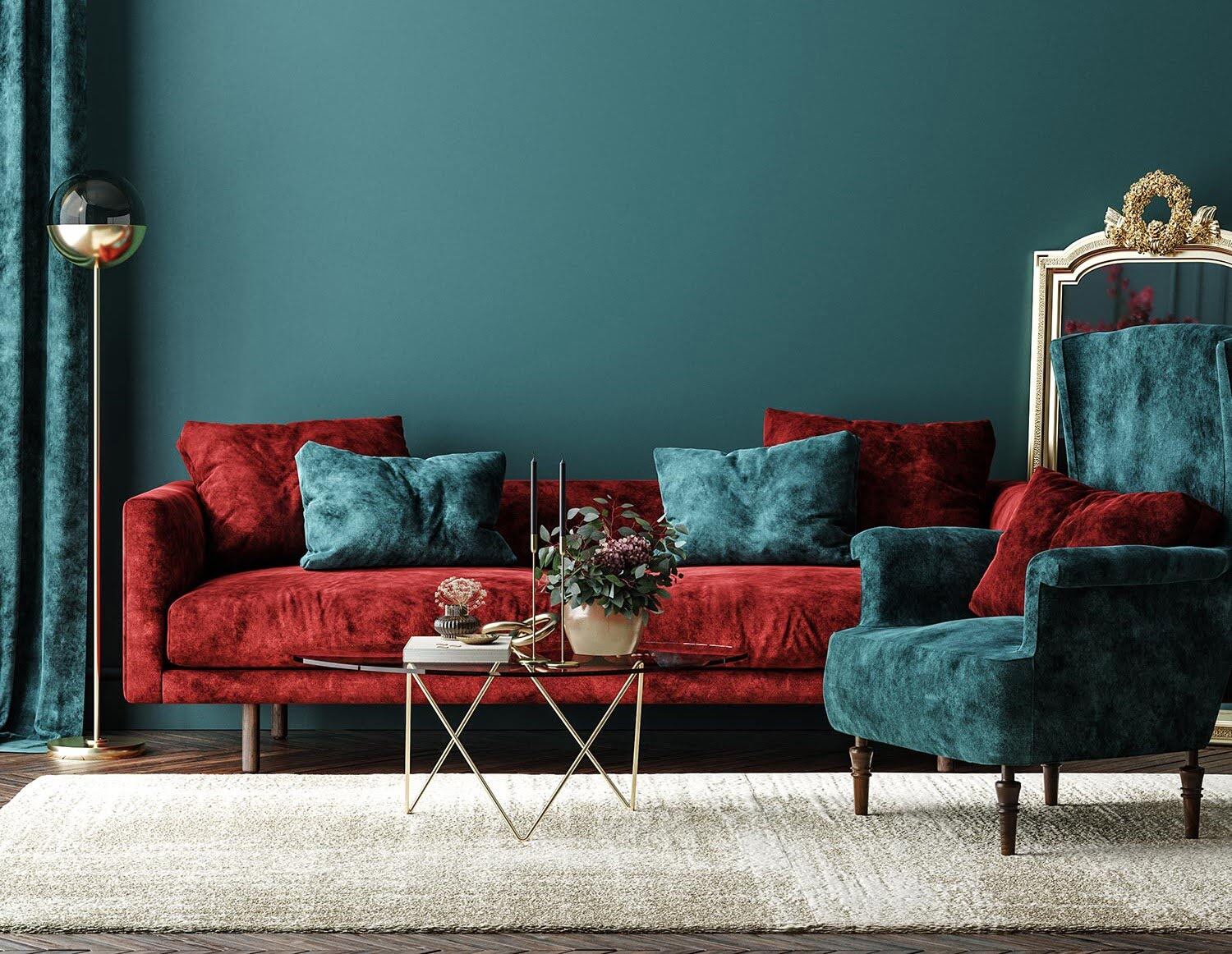
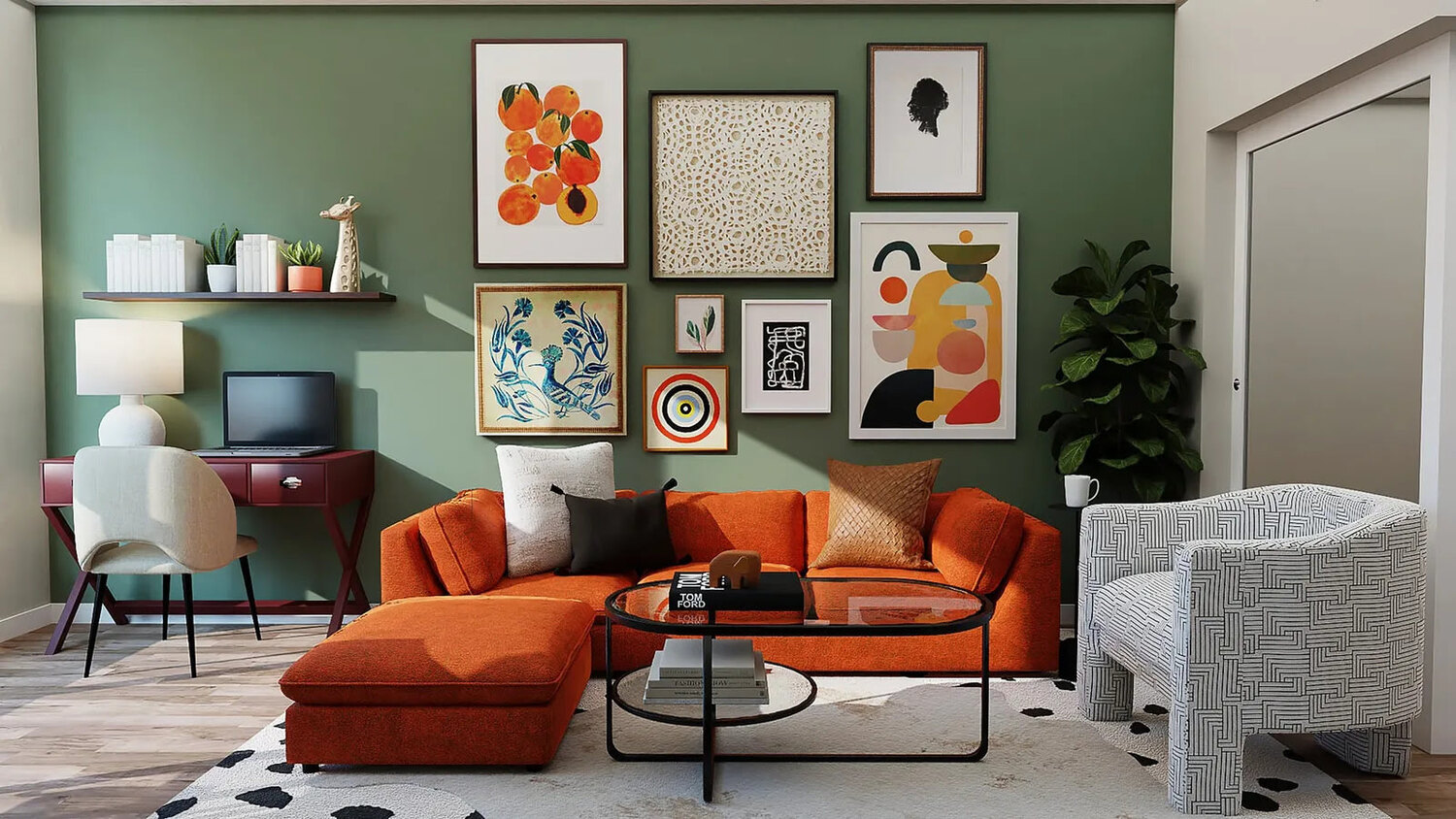
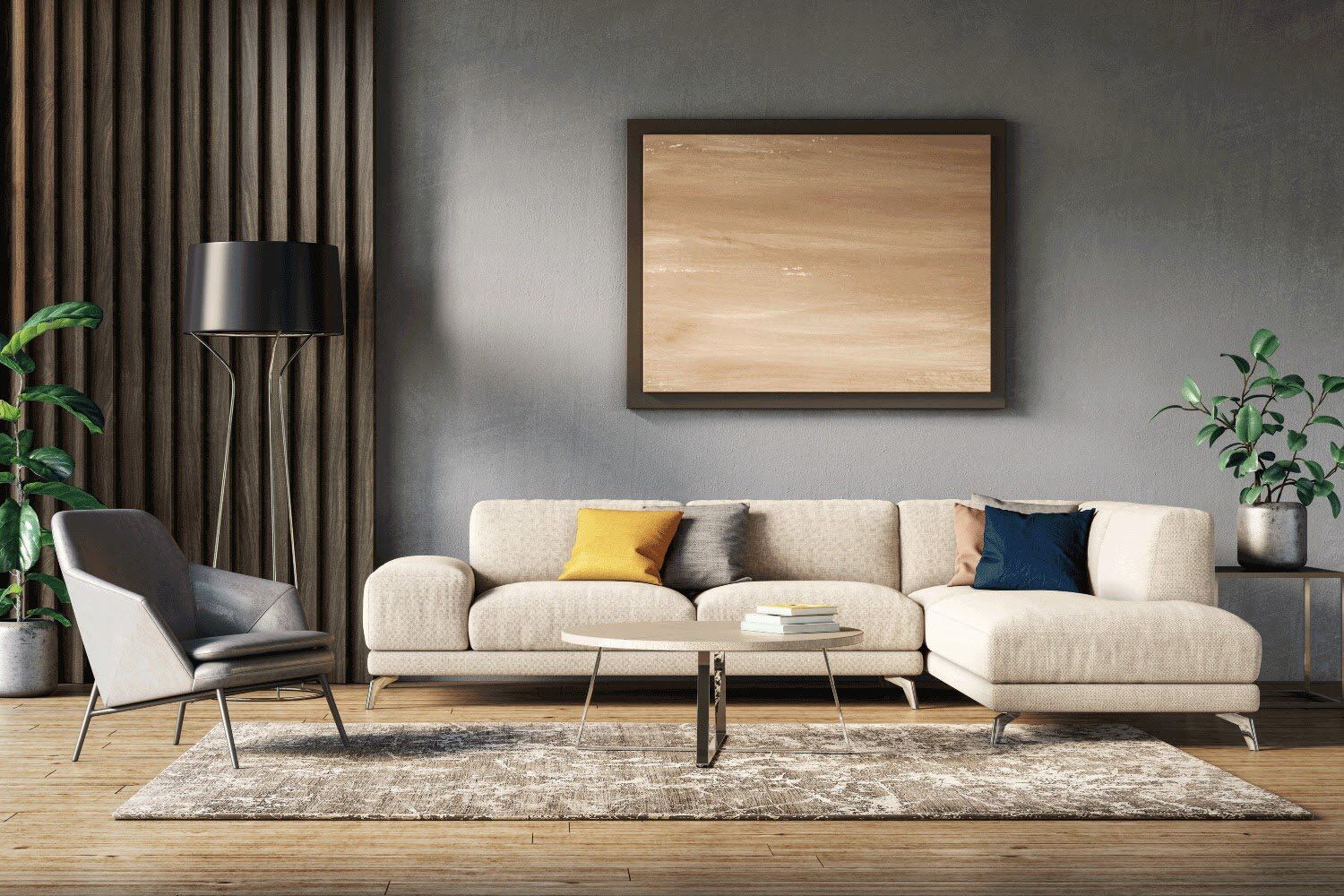
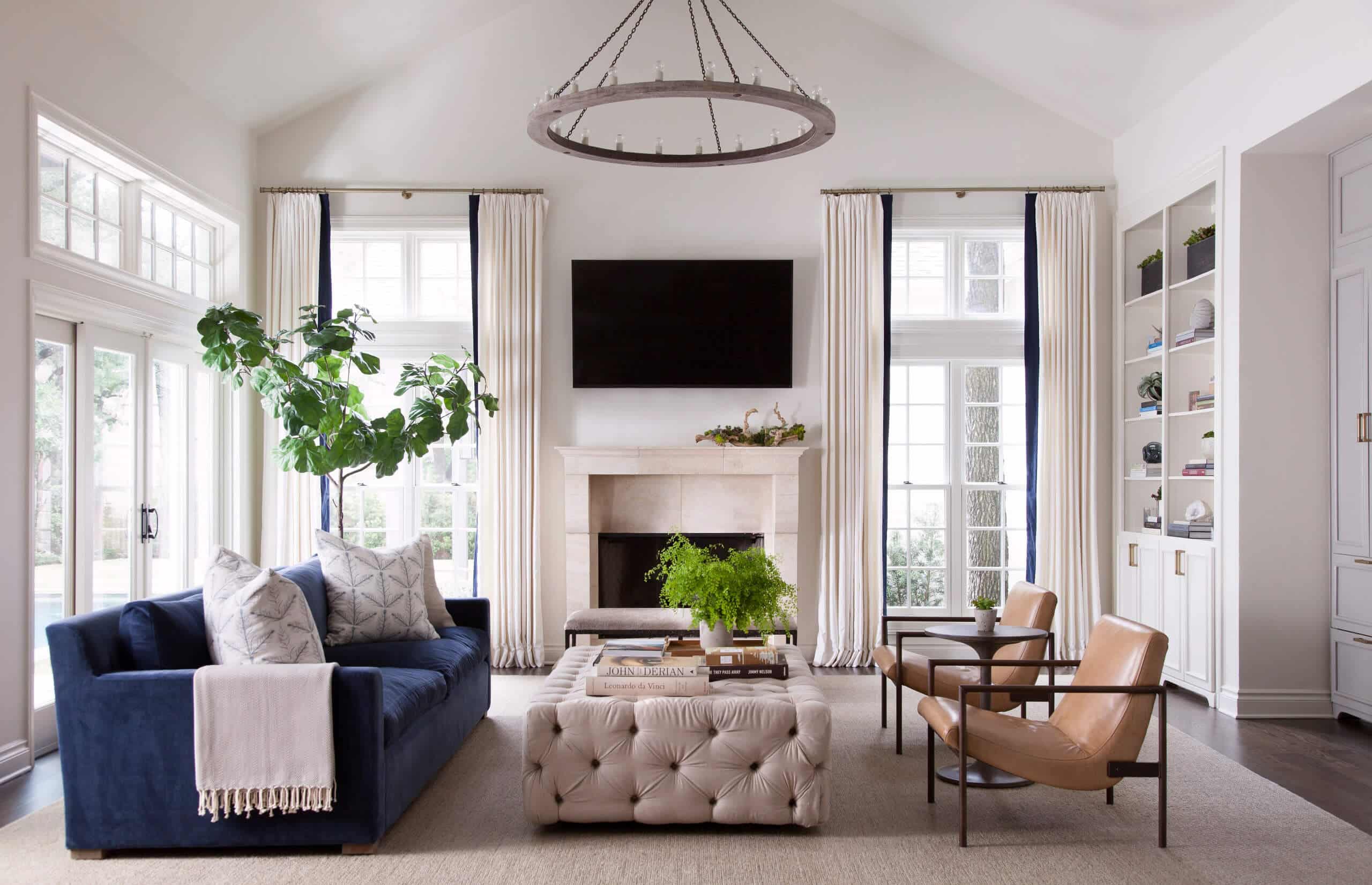
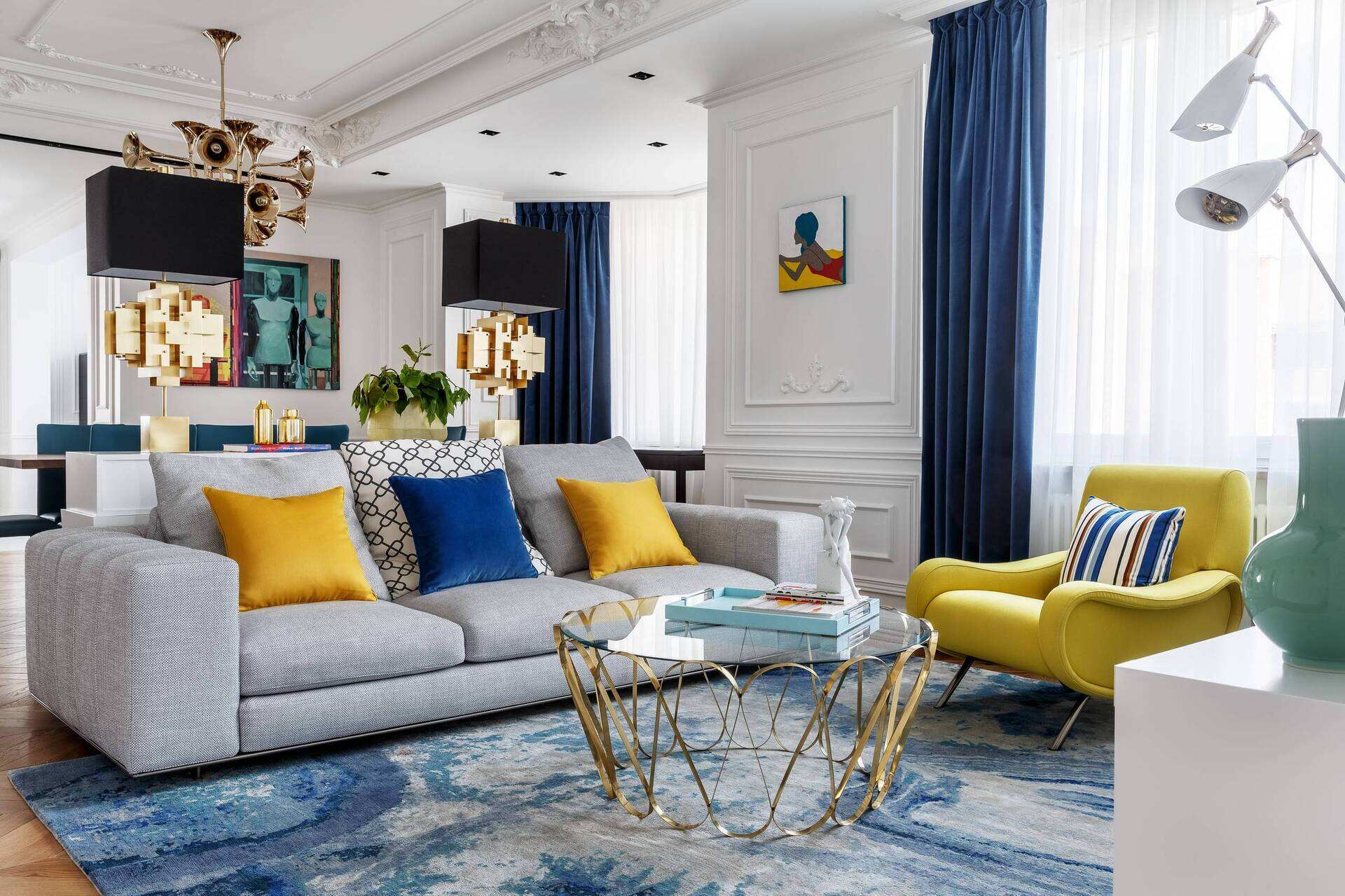

0 thoughts on “What Is A Good Color To Paint Your Living Room”